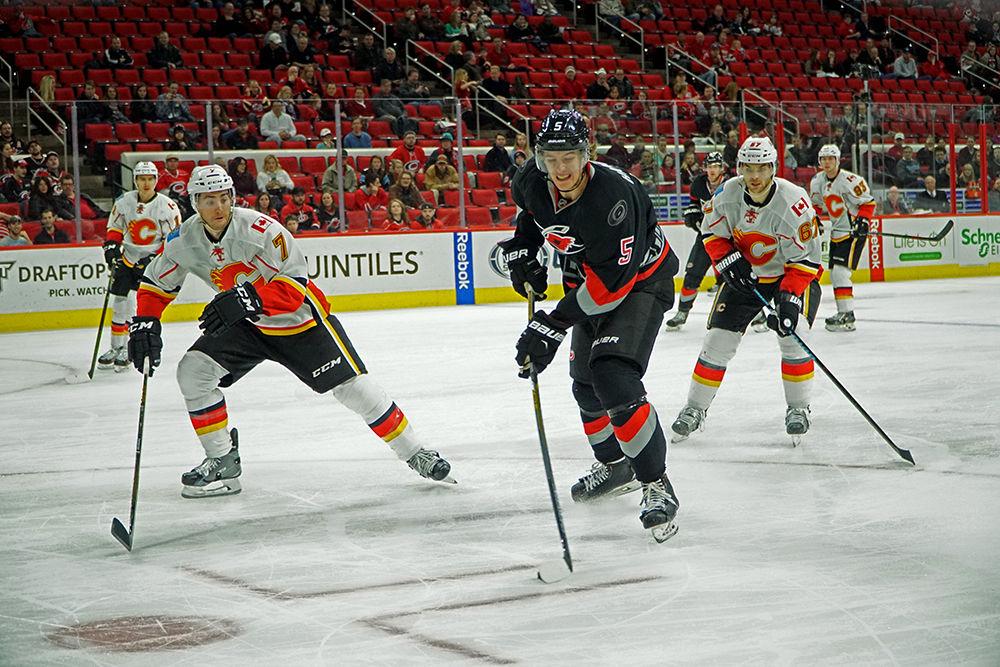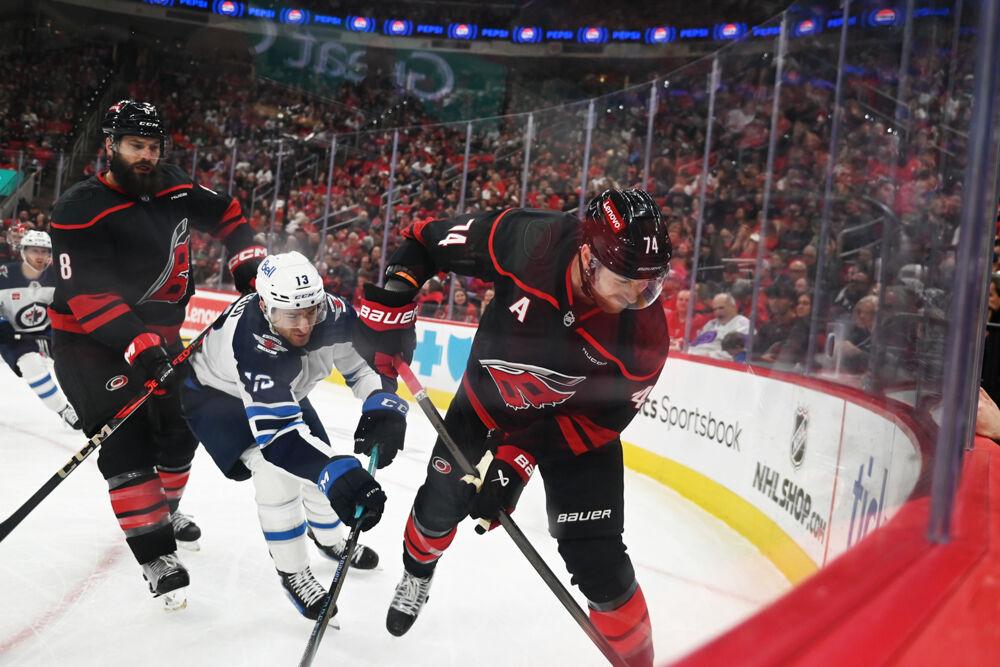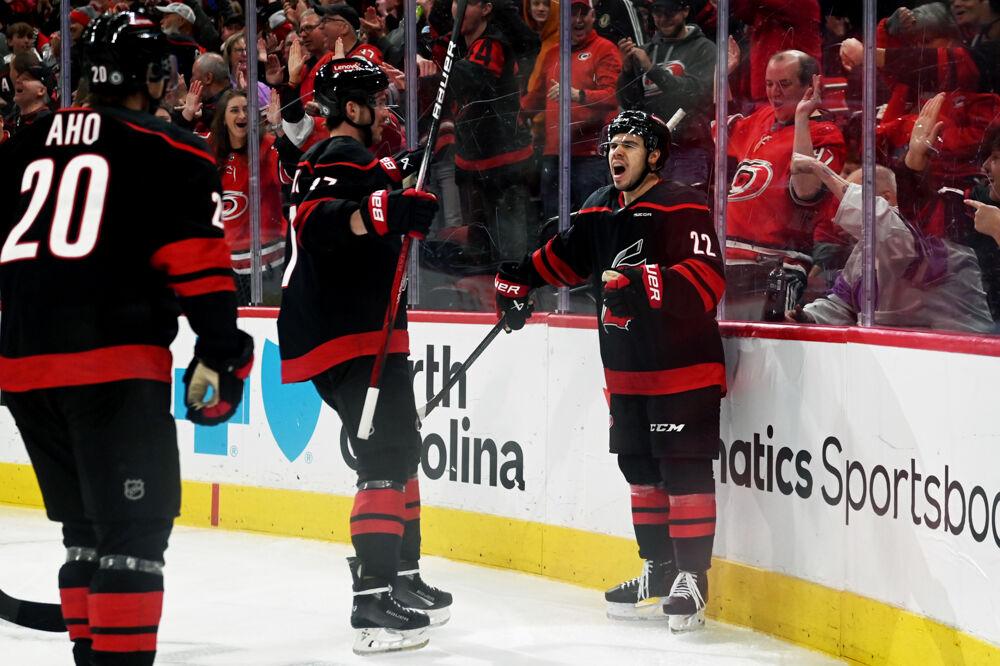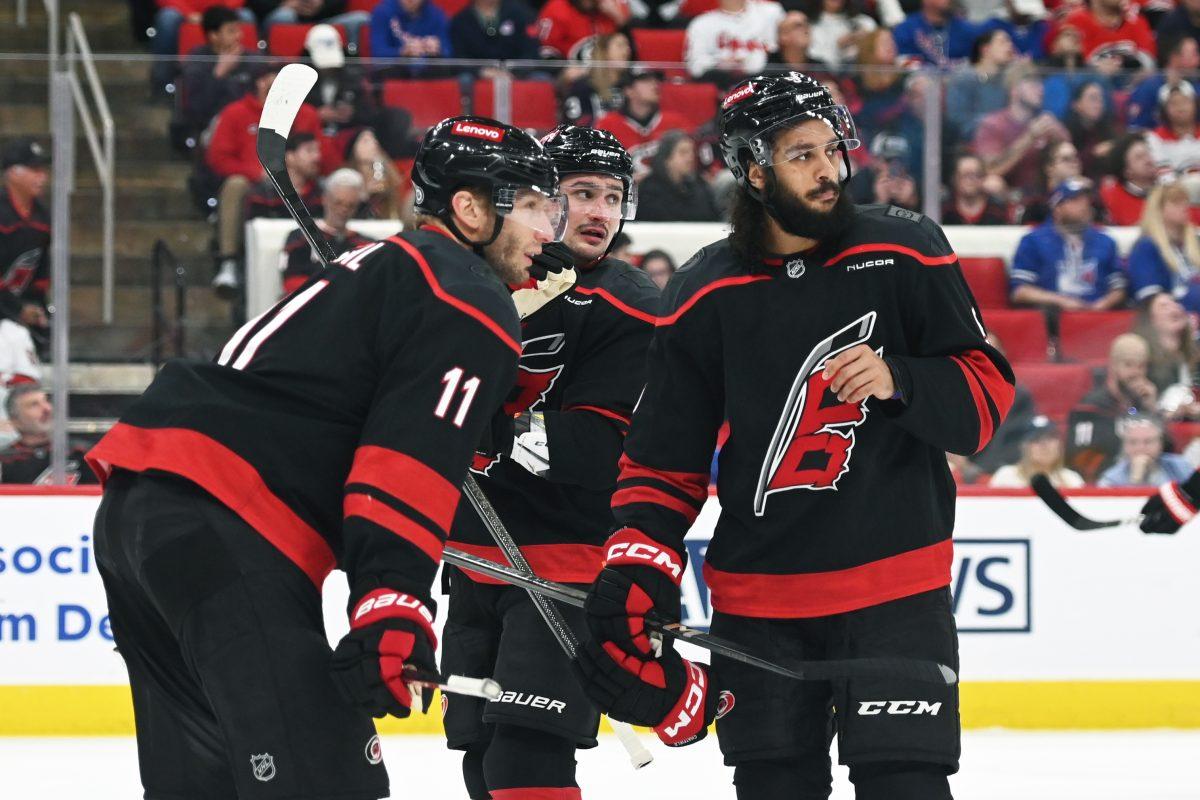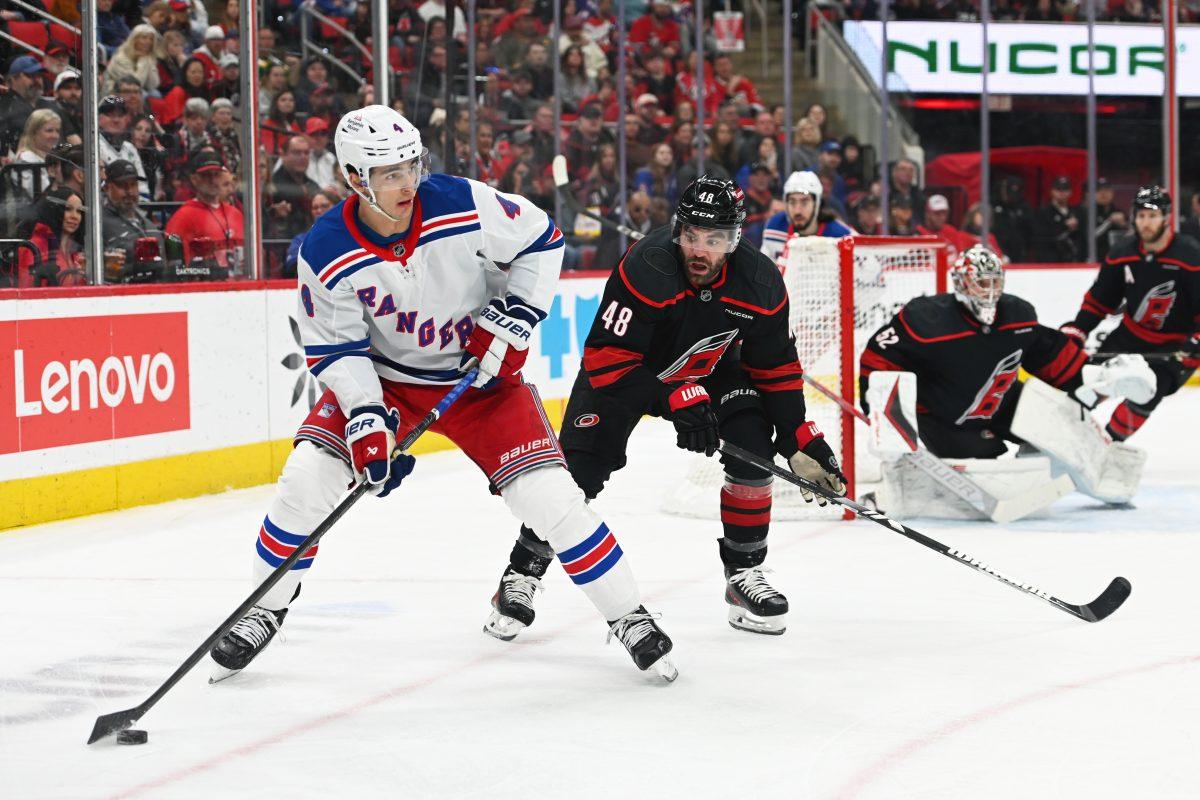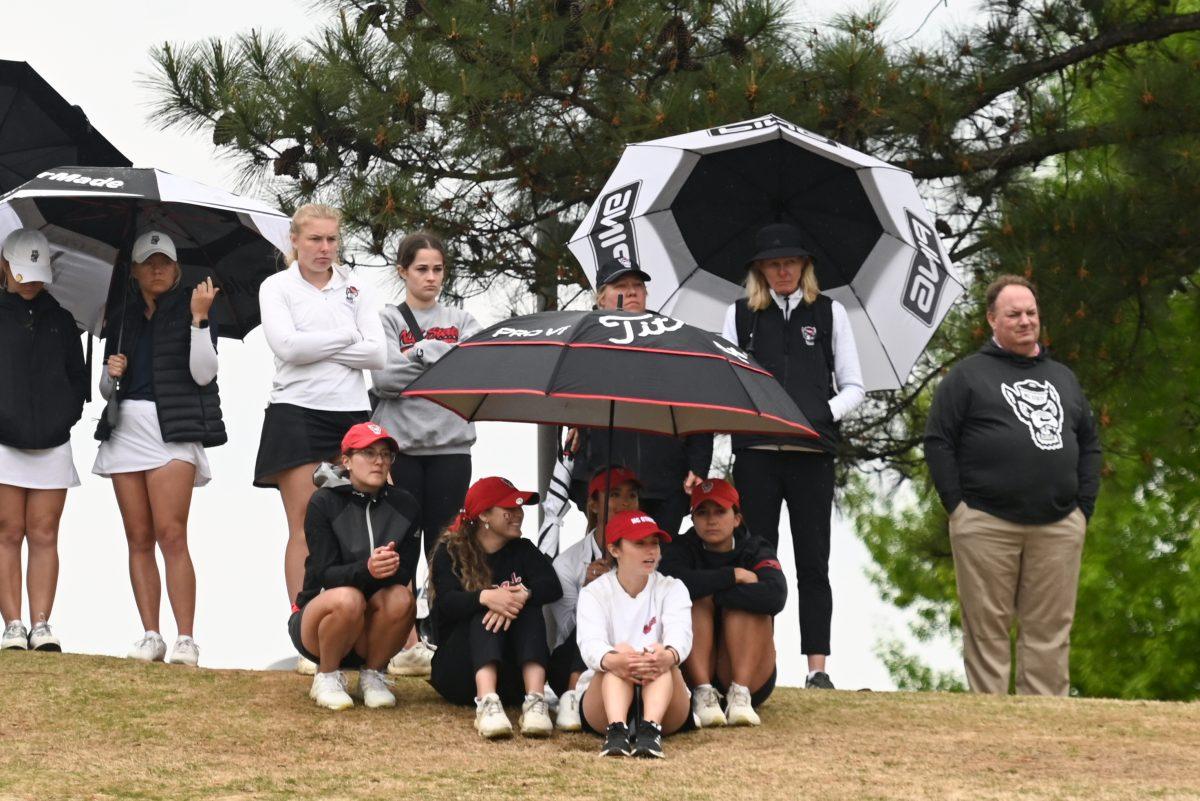With the NHL offseason reaching the “dog days” portion of the summer, trades and free agent signings mostly drying up and major news few and far between, the dust has mostly settled on a busy few months for the Carolina Hurricanes. General manager Ron Francis has had an active summer, adding a goalie, a defenseman and multiple forwards to shore up holes in the lineup.
However, after the most recent acquisition, trading with the Vegas Golden Knights for center Marcus Kruger and Francis’ statement that the team is likely done adding, some talk has turned to what they didn’t add: a top-six center. The team certainly could have used a first or second-line pivot to back up incumbents Jordan Staal and Victor Rask, and while Staal, Rask, Derek Ryan and Marcus Kruger are a fine group of centers, an upgrade would not have been out of place.
Top-six centers don’t grow on trees, however. They are difficult to find and even more difficult to trade for. Those types of players don’t come available very often, and when they do, the price is steep. For Carolina, this would have almost certainly meant parting with a member of the team’s young top-four group on defense of Justin Faulk, Brett Pesce, Noah Hanifin and Jaccob Slavin. Francis, however; was not willing to break up that group, a smart decision for several reasons.
Trading one of the team’s young defenseman for a top-six center would have simply opened one hole to fill another. While another center would help the team offensively, the Canes currently do not have an in-house option to fill a vacancy in their top four on defense if one of that group were to be moved.
Trevor van Riemsdyk, the team’s recent trade acquisition from Vegas, is better suited to a third-pairing role, and while prospects Haydn Fleury, Roland McKeown, Trevor Carrick and Jake Bean all have promise, none but Carrick (all of two games) has NHL experience, and expecting any to step immediately into a top-four role would be a risk. So, the Canes would be breaking apart their homegrown top four on defense, easily the team’s biggest strength, without a ready way to fill that gap.
And having a strong top four on defense is important. Just ask the Canes’ southern hockey brethren: the Western Conference Champion Nashville Predators. The Preds are coming off a run to game six of the 2017 Stanley Cup Final, and were largely carried by the play of what might be the best group of four blueliners in the NHL in PK Subban, Ryan Ellis, Mattias Ekholm and Roman Josi. Josi, Ekholm and Ellis are all homegrown Nashville players and Subban was acquired last summer in a trade with the Montreal Canadiens for defenseman Shea Weber, another Preds draft pick.
So, the Canes have a ready-made example of the benefits of keeping their own group together.
The Preds, however, used to be even deeper on the blueline, before trading 2013 fourth-overall draft pick Seth Jones to the Columbus Blue Jackets in exchange for another key part of their run through the West, number one center Ryan Johansen. The Canes should emulate Nashville in that regard, then, right, and leverage organizational depth on defense into a needed add up front? Yes. Eventually.
The team needs to wait until it has an internal replacement ready, so it can seamlessly fill the gap on defense as Nashville did. Once one of Fleury, McKeown, Carrick or Bean steps in and proves himself ready to handle a top-four role, the Canes could think about trading, say, Faulk or Hanifin for a stud center.
Carolina needs to wait for the right player as well. In Johansen, Nashville got a young forward who still had restricted free agency status at the end of his contract. It wouldn’t have been wise, for the Canes, for example, to sacrifice one of their top-four for this summer’s rumored hot ticket, Colorado Avalanche center Matt Duchene (Avs general manager Joe Sakic’s rumored sky-high asking price would have had them parting with much more than just one defenseman as well).
Duchene is coming off one the worst seasons in his career, with just 18 goals and 41 points in 77 games. Granted, that was on a historically abysmal Avalanche team, and he likely would have bounced back in a better situation.
The biggest reason a Duchene trade would have been a mistake, however, is his contract situation. Duchene is an unrestricted free agent in two years, and the Canes could not have begun talking about an extension with him until next July. Faulk is under contract through 2020, Slavin is locked up for eight years and while Pesce and Hanifin are restricted free agents next summer, neither can reach unrestricted status for at least three more years, leaving the Canes with years of team control on them. As Francis said during his “State of the Canes” address to fans July 1, trading a young defenseman with options for a player only under team control for two more years would not have made sense.
Flipping one of Slavin, Faulk, Pesce or Hanifin for Duchene might have brought short-term benefits, but the team would have run the risk of, in two years, having lost out on both their sacrificed blueliner and Duchene. Carolina is better off waiting on a younger player with a more team favorable contract situation to hit the market before parting with one of its promising blueliners.
The saying in pro sports goes: You have to give up talent to get it. Francis probably could have brought in a needed top-six center to Raleigh this summer, but was reasonably unwilling to pay the high cost to do so. His patience should pay off for Carolina in the long haul.


